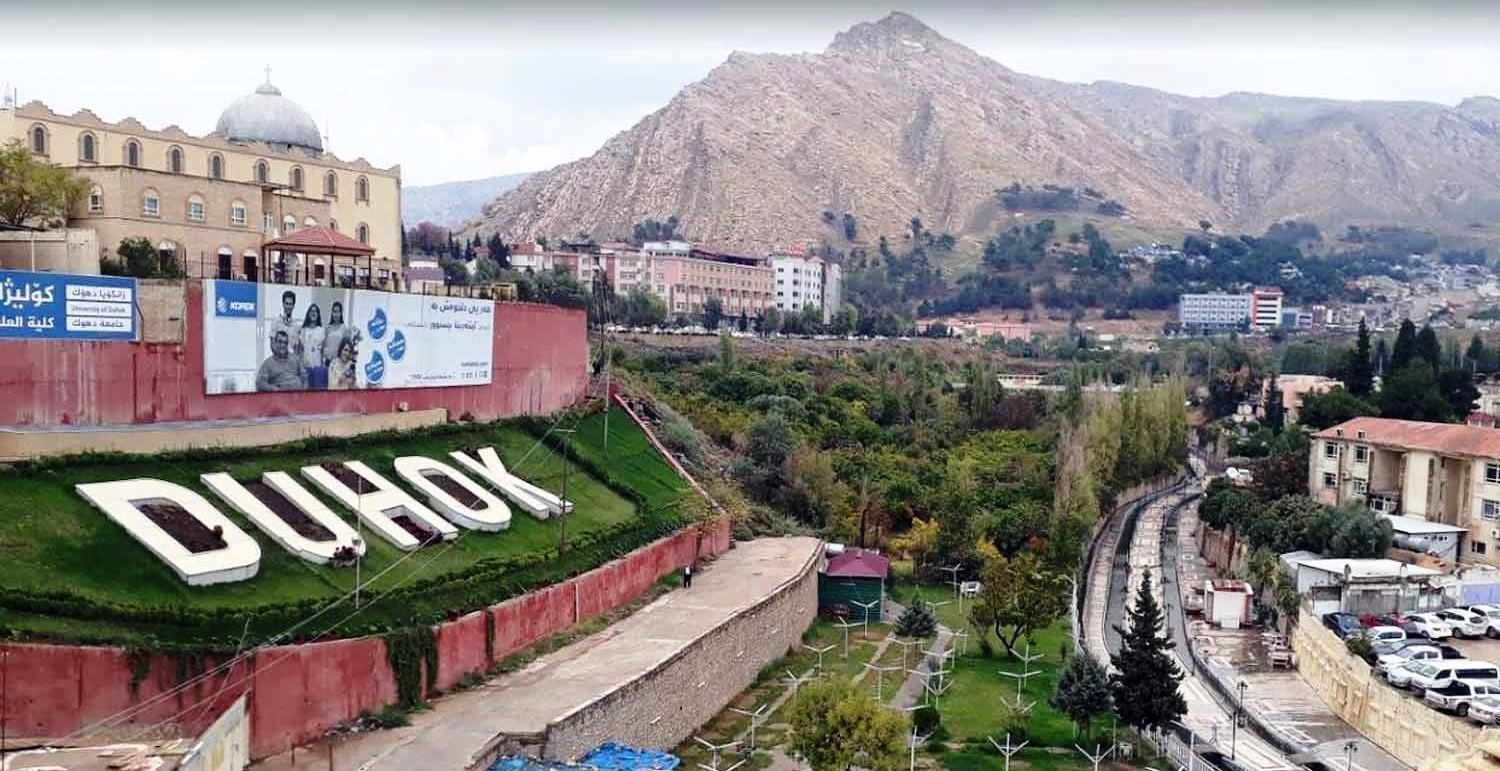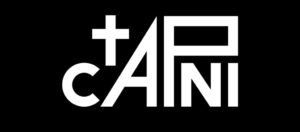Name: Duhok Governorate
Location: North West of Iraq, lies on latitude 36 north and longitude 43 east.
Borders: Syria and Sinjar region to the west, Turkey to the North, Erbil governorate to the East, Nineveh governorate to the South.
Area: 10715 square km
Population: ca. 1.500.000
Capital: Duhok
Population: ca. 350000
Administrative Structure: As Iraqi administrative structure, governorate of Duhok is composed of districts and subdistricts as follows:
District of Duhok Center
- Subdistrict of Zawita
- Subdistrict of Mangesh
District Of Sumail
- Subdistrict of Fayda
- Subdistrict of Batel
District of Zakho
- Subdistrict of Darkar
- Subdistrict of Batefa
- Subdistrict of ??? Ibrahim Al-Khalil
District of Amadiyah
- Subdistrict of Sarsink
- Subdistrict of Bamarny
- Subdistrict of Kany masy
- Subdistrict of Chamanky
- Subdistrict of Deralok
District of Bardarash
- Subdistrict of Darato
- Subdistrict of Rovia
- Subdistrict of Kalak
District of Aqrah
- Subdistrict of Denartah
- Subdistrict of Bachel
- Subdistrict of Kardasen
District of Shekhan
- Subdistrict of Qasrok
- Subdistrict of Bardadresh
- Subdistrict of Atrosh


Religions and denominations
Muslims – Sunni with small number of displaced Shiite families from Mosul
Christians: Chaldean Catholics, Syriac Catholics, Assyrian Church of the East, Ancient Church of the East, Syriac Orthodox, Armenian Orthodox, and recently couple of small planted Evangelical Churches.
Yezidis
Few Bahaies’ families
Ethnicities: Kurds, Assyrian Chaldean Syriac, Arabs, Armenians, and few Turkman
Languages: Kurdish, Syriac, Arabic and Armenian
Landmarks: Assyrian archaeological sites in:
Maaltha (entry of Duhok), Khanas, Jarwana, and more
Citadel of Amadiya
Yezidi Lalash Temple – Sheikhan
Dalaly Bridge – Zakho
St. Sultan Mahdokht Church – Araden
St. Qayoma Church – Dore
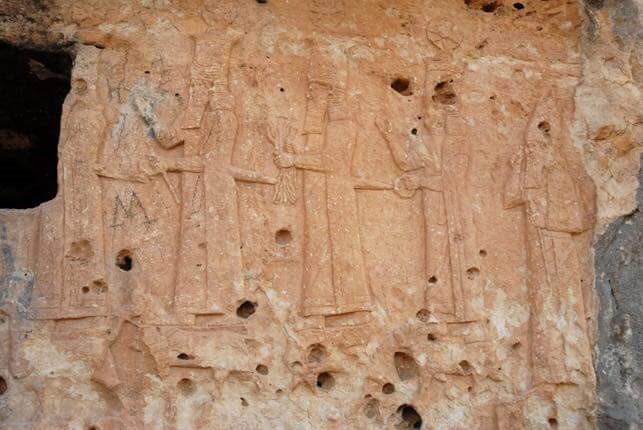
Assyrian carvings in Maaltha (i.e., Entrance) – Shindokha Mount – Duhok
Introduction to Duhok
Duhok governorate is one of the three governorates that make up the Kurdistan Region of Iraq KRI, which is part of the Federal Republic of Iraq, where the region has a constitution, parliament, and government that has run its affairs since 1991 after declaring it a safe and internationally protected haven, then it was recognized as a region in the Iraqi constitution that was adopted in 2005 after toppling the former regime of Sadam Hussein.
Duhok Governorate was formed in 1970 as part of the March 11, 1970 agreement between the central government and the leadership of the Kurdistan Revolution, which at that time put an end to the continuous war in the Kurdistan region of Iraq since 1961 between Kurdistan rebels and successive Iraqi governments that refused to recognize the rights of the Kurdistan people to self-administer their region within the framework of Iraq.
The March 11 agreement did not last long until the regime breached and terminated it and the Kurdistan revolution returned once again to the adoption of armed struggle to achieve its demands.
Before its formation as a governorate, the administrative units of Duhok governorate were districts of the Nineveh Governorate (or what was previously called since the establishment of the Iraqi state in 1921, the Mosul Wilayat).
Duhok governorate witnessed tragic historical events.
In the town of Semele, adjacent to Duhok, which is now a district within the Duhok governorate, the first genocide in the contemporary history of Iraq took place on August 7, 1933, against the Assyrian Christians, who killed about five thousand of them, including children, women, elderly and men, for nothing but their demand that the Iraqi government implements its obligations towards them by settling them and providing them with public services after they were displaced from the Hakari region in Turkey in 1915 during the Ottoman genocide against Christians, where they fled to the areas of Duhok, which became part of the newly formed Iraqi state that was founded in 1921.
The Semele massacre at the hands of the Iraqi army, and the Iraqi government’s honouring of the army leaders for the massacre they committed was the gateway to other crimes in contemporary Iraq.
In 1941, was the looting campaign against the properties of the Jews in Baghdad. This campaign was called the Farhud, which became a public word used by Iraqis whenever referring to looting, and since 1961 the military campaigns against the Kurdistan region of Iraq, in which the Duhok governorate had a large share of its tragedies, where, starting from 1974, the central government launched a campaign of displacement and destruction of nearly 5000 villages in the regions of Kurdistan, including thousand villages in the Duhok governorate, and more than a hundred Christian villages.
In many areas, Arab clans were brought in and settled to change the demographic identity of these areas, as happened in the Sulayvani and Semele areas in the Duhok governorate.
The regime also used chemical weapons in Halabja and Balisan.
In addition to this systematic destruction of life in the Duhok Governorate and Kurdistan region of Iraq, the Iraqi government has practiced a policy of economic and service marginalization of the region, as no economic programs were implemented in the province or the establishment of any university and other institutions and service facilities to keep the province affiliated with services and economically to Nineveh Governorate, which was one of the provinces loyal to the regime.
The situation in Duhok Governorate and the Kurdistan Region did not change until it was liberated from the regime’s control after 1991.
Duhok after First Gulf War 1991
In January 1991, the Gulf War took place under the leadership of the United States and the participation of more than 30 countries with the aim of liberating Kuwait from the Iraqi occupation. With the collapse of the Iraqi army at the end of February and the beginning of March, a general uprising broke out in all the southern (Shiite) provinces and the provinces of Kurdistan Region. The uprising led to the collapse of the governmental and Baath party system in these provinces, and the fall of 14 Iraqi provinces (out of a total of 18) to the uprising.
The response of the Iraqi government to regain control of these provinces, beginning with the Shiite provinces in southern Iraq, was bloody, as it relied on the Republican Guard forces and Baath party militias and used what was left of their aircraft to strike the uprising and the protestors and in order to re-control these provinces.
This bloody dealing with the Shiite provinces in southern Iraq led to spreading fear and horror among the people of the provinces of Kurdistan (Sulaymaniyah, Erbil and Duhok), which led them to mass exodus of millions of people at the end of March 1991 from all cities and villages in the region to the Iraqi-Turkish borders in the north and the Iraqi-Iranian borders in the east.
With this humanitarian catastrophe, the Security Council adopted a resolution declaring the north of the 36th parallel a safe haven that included the governorates of Kurdistan, to be protected by the international coalition forces, which forced the Iraqi army and the security and partisan apparatuses of the regime to withdraw from the area, creating a safe atmosphere for the displaced to return to their cities and areas in these governorates, including the governorate Duhok.
In fact, the safe zone not only created the opportunity to return to the cities and areas of displacement, but also provided the opportunity to return to the thousands of villages, which the regime had destroyed systematically in its continuous policies since 1974.
As Christian Assyrians, it is the first time in their history in their mother lands that they return to the villages from which they were previously forced to flee. The number of these villages exceeds one hundred villages in the governorate of Duhok; they were able to return, reconstruct and restore the life again. CAPNI had a role and a contribution to the reconstruction through the support of the partners of the churches, led by the Lutheran Churches in Bavaria and Württemberg. Big thanks to them.
With the withdrawal of the regime and its apparatus, including the administrative and governmental ones, the Kurdistan Front, which was a framework that included seven opposition parties, including the Assyrian Democratic Movement, administrated the region.
Later on, the parliament was elected in 1992 and a government was formed to administer the region. Kurdistan Region Iraq KRI lived through difficult years of double siege, where the international siege imposed on Iraq (and the region is part of it) and the central government’s siege on KRI.
The region relied in particular on trade and customs imports with Turkey and Iran, in addition to the contributions of humanitarian organizations.
The region also experienced a difficult stage of infighting between the two largest Kurdish parties, the Kurdistan Democratic Party KDP and the Patriotic Union of Kurdistan PUK. This fighting led to the actual division of the region and in many areas into two spheres of influence between the two parties and created two administrations in the regions, one in Sulaymaniyah for PUK, and the other in Erbil to administer the governorates of Erbil and Duhok led by KDP.
The reconciliation between the two parties took place in 1998 under American auspices, but it did not end the differences and division between the two administrations.
KRI continued to enjoy self-administration independent of the central government until 2003 when the regime was toppled in April 2003.
Duhok governorate witnessed during this period (1991 – 2003) security and administrative stability that was positively reflected on society, especially with the return of inhabitants to return their destroyed villages, in addition to a remarkable development in the education and education sectors, where the University of Duhok was established, and the health services sector, in addition to the activity of civil society institutions and organizations, and other activities.
The region, during its period of independence from the central government (from 1991 to 2003), embraced the Iraqi Shiite opposition parties and the rest of the parties that later participated in the administration of Iraq after the fall of the regime.
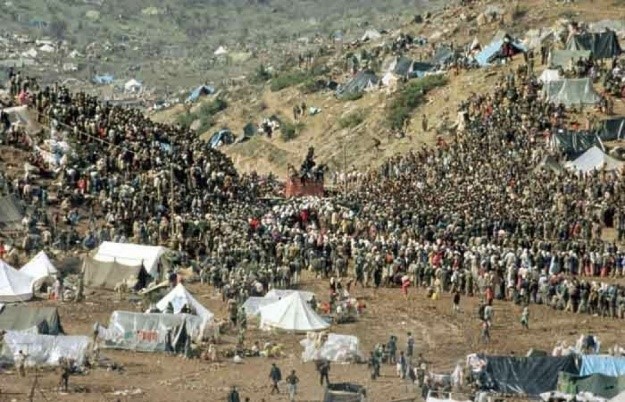
Duhok After Second Gulf War 2003
With the fall of the former regime in April 2003, Iraq went through difficult and dramatic circumstances. The fall of the regime was more than a mere change of a regime. It was the collapse of a state with all its facilities, institutions, and laws. The previous regime was a totalitarian dictatorship that reduced the Iraqi state to the President of the regime.
With the fall of the President, the state collapsed and Iraq entered a terrifying emptiness in terms of lawlessness and the collapse of both security and military forces.
All this has made an appropriate and ideal environment for the provision of political parties and their militias to take the role of the state. Therefore, it extended its control and imposed itself in managing its areas of influence, not only in the security aspect but also in the economic, social, and cultural aspects according to its ideology, all of which were an extremist Islamic ideology.
Hence the deep state was born.
The collapse of the state and the lack of law enforcement allowed organized crime groups to target venture capitalists and elite people with murder and abduction for ransom.
In such circumstances, vulnerable and peaceful minorities were usually the easier target.
The programmed and systematic targeting of Christians, Yazidis, and Mandaeans was in the Iraqi governorates outside Kurdistan Region. The targeting was in a variety of ways, including the bombing of churches and their affiliated institutions, shops, businesses, and economic activity, imposing an Islamic cultural and social pattern on society, kidnapping for ransom, and other ways.
All of these events led to a mass internal displacement of Christians, Yazidis, and Mandaeans to the point their presence is non-existent in many Iraqi cities such as Anbar, Al-Amarah, Kut, Diyala, and others. Their institutional and economic activity in other large cities like Baghdad, Basra, Mosul, and others has reached a terrifying number.
The destination of displacement was the Kurdistan region and the Nineveh Plain, where despite its official affiliation to the Nineveh Governorate and the Central government, its security management was in the hands of the Kurdistan Region and its security and military apparatus, and it was also a safe haven for the displaced.
Duhok governorate had its share of providing shelter to the displaced Christians and Yazidis fleeing terrorism and organized crime, seeking security and stability.
The number of Christian families in the cities and villages of Duhok governorate increased, especially with the launch of the Kurdistan Regional Government in 2006, a designated program with a huge budget for the reconstruction of all Christian villages in the governorate and the construction of service facilities such as churches, schools, and halls, in addition to the establishment of cultural, media, sports, and other institutions.
Thousands of homes and dozens of churches were built in Christian villages in Duhok Governorate.
Unfortunately, the program did not include economic development programs to create job opportunities for the unemployed youth or to develop the economic activity in the villages, such as agriculture, livestock, and others.
From here began the imbalance between the prominent Christian demographic presence in the Duhok Governorate and the resources and economic activities of the Christian community. In addition to the youth’s lack of perspective.
This imbalance has prompted many Christians, families, and youth, to emigrate in search of a better life and stability in European countries, America and Australia.
The mass exodus towards the region has also increased pressure on it, especially in the field of infrastructures, such as schools, health facilities, sources of electric power, water, and others.
In addition to this, the regional government’s lack of economic development plans, especially in Duhok, where economic facilities and facilities in industry and agriculture were not established and developed, and the available economic resources were not invested in this aspect. Rather, trade was relied upon as the location of Duhok makes it the most important trade corridor for Iraq with Turkey. In addition to the market’s dependence on Turkish products in all industrial, construction, food, and other fields.
Not to mention the focus on easy but short-term investments in real estate and apartment building.
These were all factors for the inability of the economic market to maintain the absorption of the labour force.
As a result, these were additional factors for more immigration of Christian families, especially those displaced from the rest of Iraq, who were unable to integrate with the environment in terms of language, culture, and communication.

Duhok during ISIS (2014-2016)
The security collapse and the weak ability of the Iraqi government to control and manage the country on the one hand, and sectarian conflicts on the other, in addition to the situation in Syria, provided an opportunity and an environment suitable for terrorist organizations of political Islam to spread their influence societally and expand its base and loyalists in Sunni areas.
It was the right opportunity for ISIS to control two-thirds of Iraqi territories in the summer of 2014.
In June 2014, ISIS took control of the more one million populated city of Mosul within hours as the Iraqi army collapsed there, leading to a mass exodus of remaining Christians (about 20,000), Yazidis, Shiites and Sunni elites to the Nineveh Plain and Kurdistan, where Duhok received thousands of families.
Two months later, specifically on 3rd of August, ISIS expanded to take control of Sinjar committing genocide against Yazidis, as well as kidnapping women and children, and destroying villages and infrastructure.
It was the mass tragic migration towards Duhok.
Three days later, on 6th of August, the group went east to take control of the larger area of the Nineveh Plain, forcing the inhabitants of the Plain to mass flee towards Duhok and Erbil.
Duhok province, which had 1.3 million people before the exodus, became 2 million.
Every two people in Duhok, the third was a displaced.
The humanitarian tragedy created by ISIS was the biggest topic of global attention politically, humanly and media and we don’t need to talk about it here.
But it should be noted that this tragedy and hundreds of thousands of displaced people, including Syrian refugees and dozens of camps, has become an additional burden on the province and the Kurdistan Regional Government, especially with the economic blockade imposed by the central government on the region, which has suspended payment of the region’s share of the Iraqi budget.
Infrastructure and service facilities from schools, health centers, electricity and drinking water are no longer bear under pressure from mass displacement.
The host community which has received the displaced and provided them with assistance, is now feeling the pressure as its economic resources are drained.
The living level of the residents of the province has declined and unemployment has increased and as a result migration rates have increased among Christians, especially among those displaced from Mosul and Nineveh Plain.
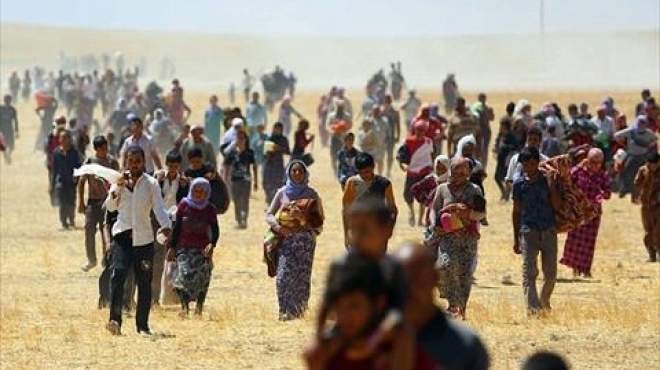
Duhok after ISIS (2017 – till now)
With the launch of military operations at the end of 2016 to restore control over the areas occupied by ISIS and its completion in the spring of 2017, the opportunity came for the displaced to Duhok to return to their areas, especially in the Nineveh Plain, where the security situation is more stable on the one hand, and the size of the destruction is less compared to Sinjar and the city center of Mosul on the other hand, in addition to the aid provided by the humanitarian organizations and international aid.
In parallel, the displaced Yazidi families from Sinjar began to return, but in a smaller and slower size, for reasons related to the security situation in Sinjar, the massive destruction carried out by ISIS, poor services, infrastructure, government support and reconstruction programs from humanitarian organizations.
The return movement reduced the burden on infrastructure and basic services (schools, health centres, electricity, drinking water, etc.) and the labour market in Duhok, and on the other hand, the number and size of humanitarian organizations operating in Duhok governorate declined.
With the political agreement between Baghdad and Erbil on Iraq’s budget for 2021 and the payment of the region’s dues from it, the economy began to gradually move and be active, including the start of paying the salaries of government employees in the public sector after they had received 25% of them since 2014.
However, because of the security and political instability, and thus the economic situation, in Iraq, it is not known whether the state’s commitment to employee salaries will last long.
Moreover, the economic development programs and investment in local economic resources are still missing, as there is still dependence on the imported product in general, especially from Turkey.
Ethno-religious diversity in Duhok
Duhok Governorate, like many other Iraqi governorates, is distinguished by its ethnic, religious and cultural diversity.
Even though the Muslim Kurds make the vast majority in Duhok, there is a historical demographic presence of other ethnicities and religious components.
Christianity in Duhok is embedded and rooted since the beginnings of Christianity and the first church in Mesopotamia in the early Christian centuries is evidence for that.
The Church of the East is the church that has always been present in the history of the Region. Different parts of Duhok were dioceses of the Church of the East extensive throughout histories, such as the Archdiocese of Banohdra (Duhok area), the Diocese of Dasin (Amadiya area), the Archdiocese of Marga (Aqrah area), and others.
In all areas of Duhok, there are the remains of dozens of monasteries and churches, just as the dioceses of Duhok gave birth to bishops, priests, writers, and theologians such as the scholar and theologian Mar Narsai (5th century), Mar Mikha Al-Nohdary who founded a church school in the 4th century, the Historian Thomas Al-Marji and many others.
Although this presence has gradually decreased due to numeral reasons, it has remained alive and present to this day, as in Duhok, stands all the Eastern Apostolic Churches:
Assyrian Church of the East, Chaldean Catholic Church, Ancient Church of the East, Armenian Orthodox Church, and more recently the wave of Christian IDPs from the rest of Iraq who settled in Duhok were a huge factor in establishing large Syriac Orthodox and Syriac Catholic parishes.
The Assyrian Church of the East has a diocese that covers all of the Duhok Governorate, its episcopal center is in the city of Duhok, and more than 40 parishes are subject to it. The Chaldean Church has two dioceses, the Diocese of Amadiyah and its center is Amadiyah, and the Diocese of Zakho and its center is the city of Zakho, and the two dioceses have more than 35 parishes.
In addition to Islam and Christianity, Duhok Governorate has a historical demographic presence of the Yezidis that dates to before Islam and Christianity. In Duhok province, specifically north of the city of Sheikhan, stands Lalish Temple, which is the holiest Yazidi temple in the world.
Ethnically, in addition to the absolute Kurdish majority, the Assyrians lived throughout history in Duhok, who still have a historical presence in it that dates back to more than a thousand years before Christianity, and its monuments and sculptures are still present and witness to these roots in Maaltaya (the entrance to Duhok), Fayda, Khans, Jarwana and others.
In addition to that, there are also the Armenians who settled there after the Armenian and Assyrian Genocide in 1915.
Alongside, there are Arab minorities, living in Semele and Fayda.
Due to the security conditions in the rest of Iraq, many Turkmen, Shabak, and Baha’i families were displaced and sought refuge in Duhok.
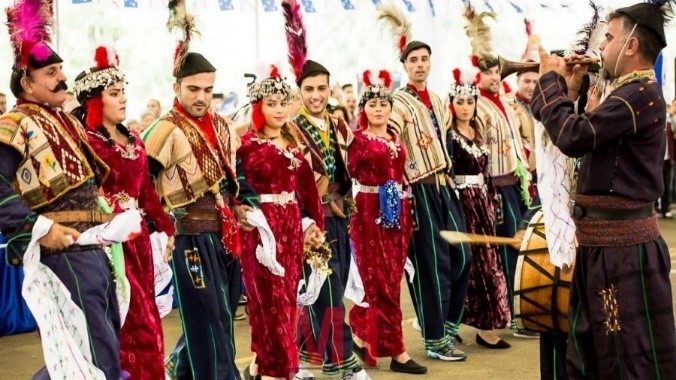
Linguistically, in Duhok, the Kurdish language is the dominant language in daily life and is the official language in governmental departments and schools.
There is also Syriac spoken by Assyrians, Chaldeans, Syriacs, which is also the language of instruction for Syriac schools.
Besides the aforementioned languages, there is also Armenian and Arabic.
In addition to the linguistic diversity of these components, their beautiful diversity is also in their traditions and cultural and artistic heritage of clothing, songs, folk dance, and games.
However, despite this ethnic, religious, and cultural diversity, all components have historically lived in peace and partnership in daily life and all its detail. Looking back one can rarely find incidents of religious and ethnic rivalry or conflict. For example, the Assyrian-Christian participation in the Kurdistan revolution exists and is distinct, both on the political level to lead the revolution, and on the operational level of the rebbels.
This participation has continued to this day in the legislative, executive, and administrative institutions, despite the presence of weaknesses and defects in this participation.

Economy of Duhok
The people of Duhok depend for their living resources on different sources of incomes:
The public sector, which constitutes the largest proportion of the workforce in the governorate, as well as all Iraqi governorates, is a natural result of the nature of managing public utilities in Iraq, where the state manages them and not the private sector.
While this source was generating a stable and secure income for families, since 2014 it has declined a lot due to the financial crisis in the region, as public sector employees receive only 25% of their monthly salaries on an irregular basis.
As for the private sector, its most active and extensive field is the trade sector, due to the geographical location of Duhok, as it includes the most important commercial crossing for the region, which is the Ibrahim Al-Khalil-Silopi crossing with Turkey.
Because the economic activity in Duhok for decades has lacked proper planning and support for the local product, so that all Life needs (food, construction, health, etc.) are imported products.
Agricultural and livestock production, which are sectors with very great potential provided by the topography nature of the governorate in terms of abundance of water, agricultural lands and pastures for livestock.
However, despite these capabilities, the economic output of agriculture and livestock does not provide a good resource for farmers due to the lack of legislation and economic policies that protect and support the local product in the face of the imported product.
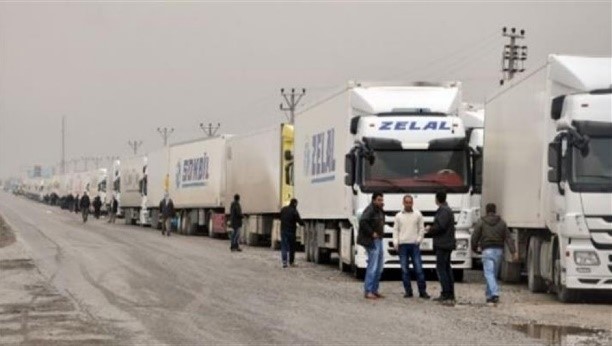
Agricultural and livestock production, which are sectors with very great potential provided by the topography nature of the governorate in terms of abundance of water, agricultural lands and pastures for livestock.
However, despite these capabilities, the economic output of agriculture and livestock does not provide a good resource for farmers due to the lack of legislation and economic policies that protect and support the local product in the face of the imported product.
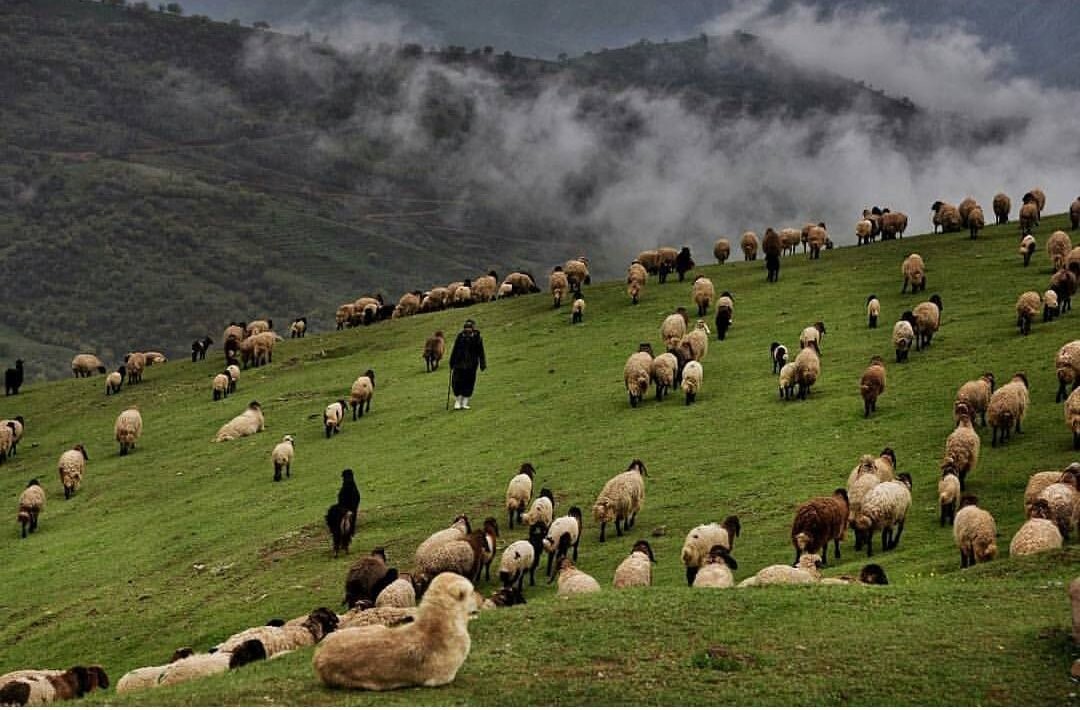
Tourism represents an important economic source for the governorate, especially during the summer period, as the governorate receives dozens of thousands of tourists from the rest of Iraq to spend beautiful times and enjoy the nature of its areas and in a moderate climate compared to the hot summer weather in the central and southern regions of Iraq.
In any case, the economy of Duhok Governorate is a fragile economy because it is generally a consumer economy with the absence of development programs for various economic activities in the industrial and agricultural fields.
Security conditions
The security situation in Kurdistan— Duhok in particular— is peaceful, serene and distinctly different from the rest of Iraq. This is in stark contrast to the image portrayed by foreign media, which inaccurately represents Kurdistan as a dangerous, lawless place. On the contrary, Kurdistan has a large and developed military, the Peshmerga, and its own police and security forces to protect its new and old residents. Duhok accommodated hundreds of international NGOs and foreign investors, and continues to see its tourism blossom among intrepid foreign travellers. To keep the security level high and protect the peace in Kurdistan, regular checkpoints are located along the borders and city perimeters.
Current challenges
Despite the restoration of control over the Iraqi regions, including those adjacent to Duhok (Nineveh Plains and Sinjar), from ISIS and the return of thousands of families to their areas and the closure of many camps for the displaced, and although this eased pressure on Duhok Governorate, the challenges facing the governorate are still great and in various levels and for many reasons.
Duhok governorate, being one of the eighteen Iraqi governorates, shares real challenges with the rest of the Iraqi governorates, either directly or indirectly, which are represented by:
1- The security instability in central and southern Iraq and the multiplicity of military formations and partisan militias that are practically not subject to the authority of the state and its military and security authorities, and the fact that many of them are under direct influence and dependence on Iran, which drains the Iraqi military and intelligence efforts and provides an opportunity and loopholes for ISIS to carry out terrorist operations and sow fear of its return to Iraqi scene.
2- The security instability and turning Iraq into a battleground between Iran and its allies of parties and militias on the one hand, and USA on the other hand, has led to political instability that affects the government’s work, performance, and programs at various levels.
The risks of political instability increased with the recent parliamentary elections and the loss of Iranian-affiliated parties’ parliamentary size, and their attempt to reject this by using violence that amounted to targeting the prime minister and his house.
3- Added to this is the accumulated and increasing political and financial corruption since 2003, as well as the deep state.
4 – It is natural that the security and political instability directly and significantly affects the activity and Iraqi economic growth and programs to rehabilitate and develop infrastructure and services. Foreign investments in Iraq are minimal due to the security and political situation and corruption.
These all affect all Iraqi governorates, either directly as in all Iraqi governorates outside the Kurdistan region, or indirectly on the governorates of the Kurdistan region, including Duhok.
In addition to this, the challenges facing Iraqi Kurdistan region, of which Duhok is part, include:
1- The accumulated financial crisis since 2014, which arose due to the failure of the federal government in Baghdad to pay Kurdistan region’s dues from the Iraqi budget due to the disagreements between Baghdad and Erbil on several political, security, and other matters.
This financial crisis, which coincided with the burden of the region receiving more than one million displaced people and refugees due to ISIS, led to an almost complete stagnation in daily economic activity throughout the region.
Even the salaries of public sector employees have only been paid by 25% and in arrears since 2014.
2- The absence of economic development programs and plans by the regional government and the lack of investment programs in the economic resources available in the region, especially in the field of agriculture and livestock, where the local product is not protected in competition with products imported from Turkey and Iran.
3- The political differences between Erbil and Baghdad on many issues such as the disputed areas, the oil and gas law, border gates, and others greatly affect the priorities of political decision-makers in the region at the expense of the daily needs of citizens.
In addition to its complexity of communication and movement between the region and the regions of the Nineveh Plains and Sinjar, which negatively affects the return of the displaced, as well as job opportunities, integration, and economic communication.
4- In addition, since last year, the Corona epidemic and its impact on the overall life, social and economic activity.
5- The phenomenon of climate change, in turn, poses a serious challenge to Dohuk province, as well as all of Iraq, in terms of its significant impacts on patterns of economic activity such as agriculture, livestock, tourism and others.
Some studies say Iraq is one of the five countries most affected by climate change.
6- The above reasons have largely limited the labour market, which is no longer absorbing the youth and the labour force of the region.
This is made worse by the cheap labour provided by the displaced to the region, as well as the Syrian refugees there, as Duhok Governorate alone hosts more than 200,000 Syrian refugees.
7- The threats and military actions carried out by the Turkish army, including the continuous airstrikes and bombing of villages and areas in the Kurdistan region, or ground military operations and the control of large border areas under the pretext of fighting the Kurdistan Workers’ Party (PKK) led to the evacuation of dozens of villages in Duhok Governorate, including many Christian villages in Zakho and Barwari Bala regions.
In addition, in the recent period, terrorist acts carried out by armed Iraqi militias bombed Erbil airport, where the US military’s logistics services are located.
Christians of Duhok Current Challenges
Despite Duhok Governorate is one of the most important Iraqi governorates for its Christian presence in terms of demography (population and land) and in terms of the Christian presence and role, yet this presence faces real challenges that threaten the Christian existence and role in the medium and long terms.
In addition to the challenges that Iraq and the Region are facing from a general point of view, the Christians of Duhok (as well as the Christians of the rest of the Region) face more challenges:
1- Continuous migration to the countries of the diaspora with the transformation of the diaspora into an appealing factor for families in the homeland, instead of it being a support factor for their existence.
The migration is increasing because of the previously mentioned political, security and economic factors, in addition to the feeling of being discriminated and the fears caused by the growth of the political Islamic movements which collectively lead to the lack of future clear vision to achieve a stable state of equal citizenship.
3- The depletion of the economic resources and savings of Christian families in the host communities or those displaced to the Region from the rest of Iraq, which drained them with financial burdens and are now living in conditions of need and poverty that they have not experienced in previous decades.
4- The difficulties of integrating the displaced persons settled in the Region with the surrounding environment of the new area. All this resulting in restriction of employment opportunities, which are essentially already weak and limited, to the moral frustration resulting from the inability to communicate in daily life in the markets, schools or departments, weighs heavily on them.
5- Unequal opportunities between the Christian “minority” and the Muslim “majority” in the labour market in its public and/or private sectors.
6- The landgrab of agricultural lands in many Christian villages and towns that leads to economic loss for the people on one hand and threatening the identity of the villages on other hand. This project, in the activities of the Advocacy Sector, prepares an objective study and a comprehensive report on the trespasses to be addressed.
However, despite everything, Duhok province remains a province of peace and diversity cradled in modern Mesopotamia.
